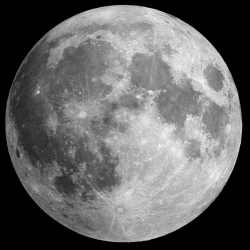
Since the 1960s, humanity has discussed the idea of a lunar settlement. In both academic and professional literature, many designs for an initial settlement are proposed to varying fidelity. NASA published a comprehensive review of the most promising designs in the 1990s.
This study analyzes the designs NASA considered to be of significance in the ‘90s and discusses the benefits and cons of each. In addition, several recent works are assessed. From this review, the author concludes that an initial lunar settlement is possible through further development of existing design work, but that a superior option is neither immediate nor obvious.
Selecting a single framework (or a specific hybrid of several) is critical to best funnel capital into the most promising technologies. An action path is proposed that leverages consideration of permanence and significance as feedback to clearly characterize the best design choice for initial funding. Permanence seeks to answer, ‘How can we ensure that the construction of the first lunar base is able to expand into the foreseeable future in both population and space?,’ while significance seeks to answer, ‘How can we ensure that the consequences of operating the settlement are economically beneficial to society?’ There is not much literature to answer these questions, despite the importance of the answers.
The solutions will no doubt be a culturally diverse response, considering the needs of society as a whole to serve as a safeguard for the temporal success of a permanent lunar settlement.
The Moon as the Site for Humanity’s Expansion into the Solar System and Beyond
The Moon offers numerous advantages, providing a foothold for humanity as it struggles to escape Earth’s gravity well to become a spacefaring civilization. While the battle for most has been between the Moon and Mars, the vision of the Starship Congress is beyond those, even beyond the Solar System. Here, our goal is the next star system, with a sophisticated exploration of the technologies that are needed to send a precursor robotic ship many light years from Earth.
Even with such a long-term mission, the Moon remains the ideal spot to develop technologies, understand the low and microgravity space environment, assess the effects of radiation on our machines and structures, and learn how to build these so that they can self-repair and be reliable in this way for decades.
We will provide a background to current thinking and the engineering and other issues regarding the Moon as a viable place for humans to begin the long journey into space.
